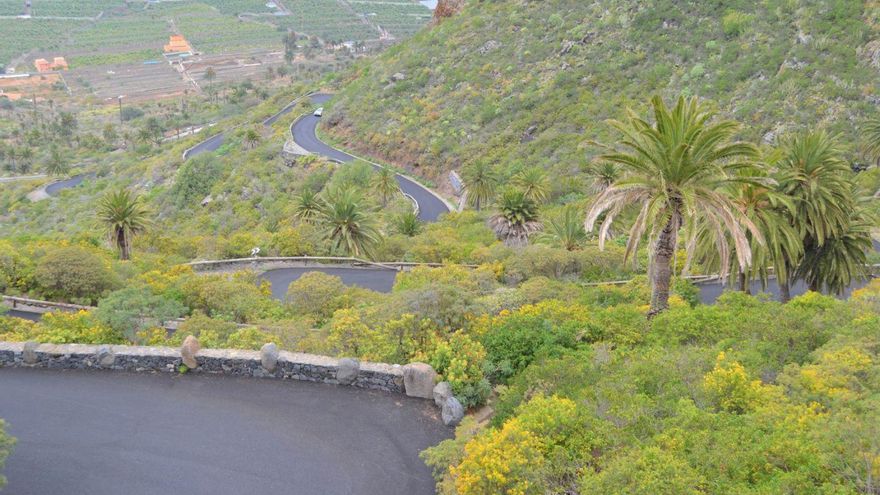
The Council of Tenerifethrough the Natural Environment and Security Area, will carry out this year a project for sanitation, cleaning and repopulation of the palm groves of the Site of Scientific Interest of Interián, in Los Silos, which will last around two months. The insular administration makes this decision after carrying out several studies, in collaboration with the Canary Islands Government and several universities, in which the phytosanitary status of the palm trees in this corner of Los Silos has been monitored, as well as their possible condition by pests, diseases and drought.
“These studies show that, due to their proximity to the most populated places, palm trees have suffered more intensely from changes in the soil, nearby crops, the use of agricultural phytosanitary products, as well as plagues and diseases frequently associated with vegetables and fruit trees. All this has been an important negative factor in the survival and health of these palm trees”, according to the Minister of Natural Environment Management, Isabel García (PSOE).
Faced with this situation, the Cabildo will act with tasks such as “the removal and grinding of remains of dead leaves, fallen to the ground as part of the natural process, to improve the palm grove, including in this project an enrichment with specimens to compensate deaths” . Isabel García added that she also “It is planned to include a dragon tree in the bed of the ravine under the Mirador de la Cruz, which will improve the landscape.”
These works will include the opening of accesses to the work areas near the palm tree specimens, in addition to an intervention for the extraction, bagging and elimination of invasive exotic flora in the surroundings of the palm trees and the collection and stacking of palm tree remains. scattered.
In addition, palm leaves will also be crushed on the ground with a manual brushcutter “at distances greater than 50 meters from the road” and the distribution of remains as padding for the ground.
According to the Cabildo, the Interián Site of Scientific Interest is a cliff of great landscape value, which houses an interesting community of thermophilic forest, with magnificent populations of seedlings, blood sticks, barbuzanos, palm trees and dragon trees. Among the flora, protected species such as chahorra and cabezón stand out.















